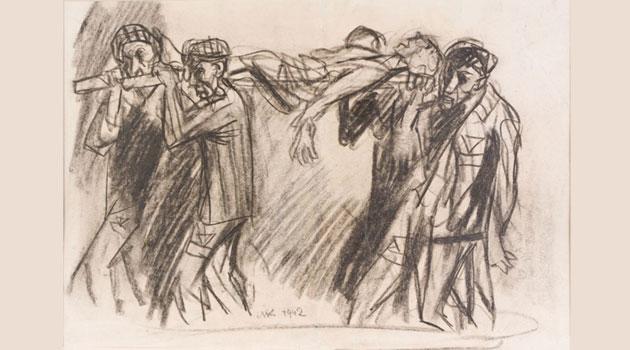LIVE BROADCAST: Pandemic limits participation in commemorative ceremony at Auschwitz Memorial, but Slovak President will attend
Tomorrow, 2 August, on the occasion of European Holocaust Memorial Day for the Sinti and Roma, a commemorative ceremony will be held at the Auschwitz Memorial, as is traditional. Given the global COVID-19 pandemic, however, just a limited number of visitors will attend this year.
The ceremony will be broadcast live online, including through news server Romea.cz from the Czech Republic. Speakers will include, for example, the President of the Slovak Republic Zuzana Čaputová, Austrian President Alexander Van der Bellen, European Commissioner for Equality Helena Dalli, survivors Zilli Schmidt, Ivan Bilashchenko, Rita Prigmore and others.
The commemorative ceremony is organized by the Central Council of German Sinti and Roma and the Association of Roma in Poland together with the Auschwitz-Birkenau State Museum. Beginning on the night of 2 August into the early morning hours of 3 August 1944, the Nazis used the gas chambers of the Auschwitz-Birkenau extermination camp to murder the remaining prisoners of what they called the “Gypsy Family Camp” there.
Despite resisting, more than 4 200 Romani and Sinti people were murdered in the course of one night. Annually on 2 August, members of these communities from all over Europe therefore commemorate European Holocaust Memorial Day for the Sinti and Roma.
“Europe today is again facing nationalism, antigypsyism and antisemitism anew. Recently we have been witnesses to several right-wing terrorist assassinations in Germany and other European countries. Historical remembrance is a living obligation for the present and the future. When we remember the crimes of National Socialism and the Holocaust today, we must simultaneously defend democracy and the rule of law,” said Romani Rose, chair of the Central Council of German Sinti and Roma.
During the 17 months of the existence of the Auschwitz extermination camp’s so-called “Gypsy Family Camp” (from February 1943 to July 1944), a total of 23 000 children, men and women were imprisoned there. Approximately 21 000 Romani and Sinti prisoners, female and male, perished in that camp.
Romani prisoners were also murdered in the concentration camps of Bełżec, Chełmno, Majdanek, Sobibór and Treblinka. Others, whose numbers can only be estimated with difficulty, were shot to death and buried in mass graves in forests.
Nazi Germany’s extermination policy led, according to estimates, to the death of at least half a million Romani and Sinti people from all over Europe. Some estimates assume as many as 800 000 victims, equivalent to anywhere between one-fourth and one half of the prewar Romani population.
